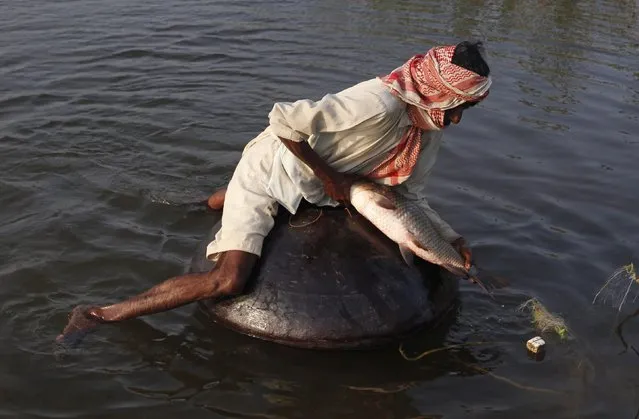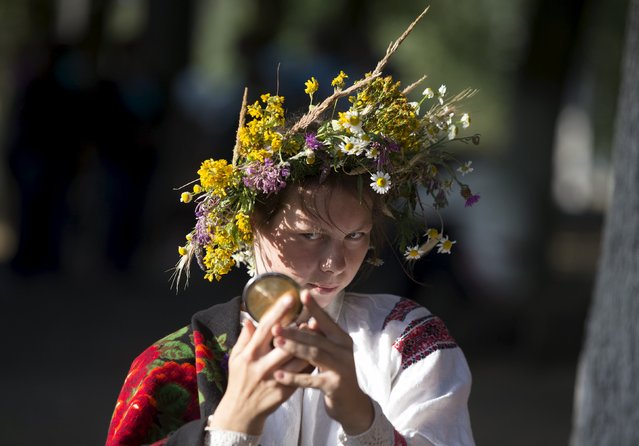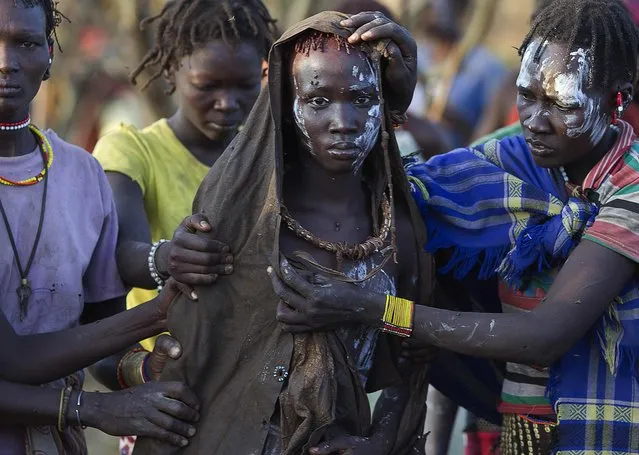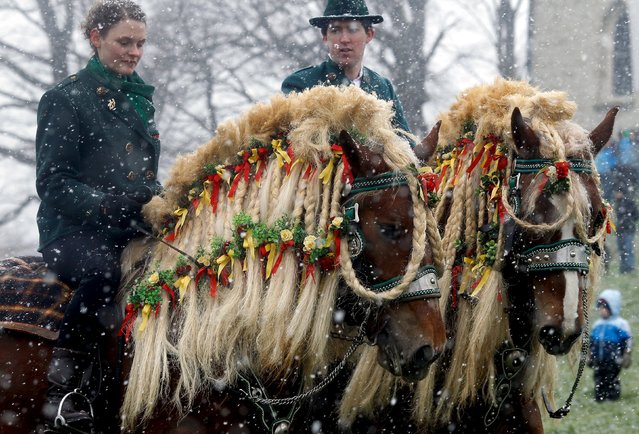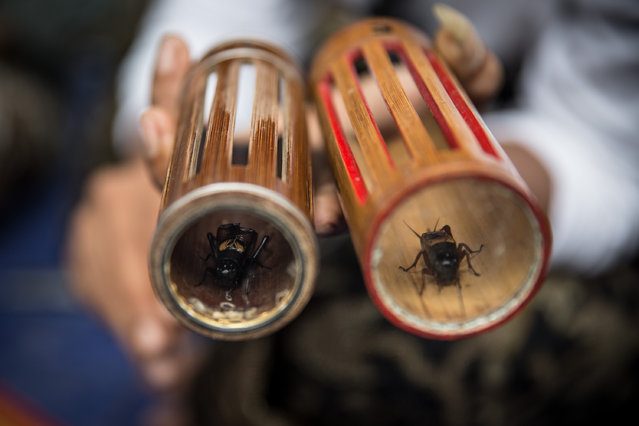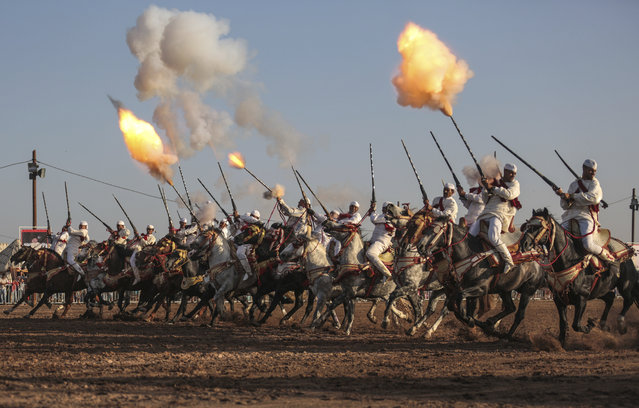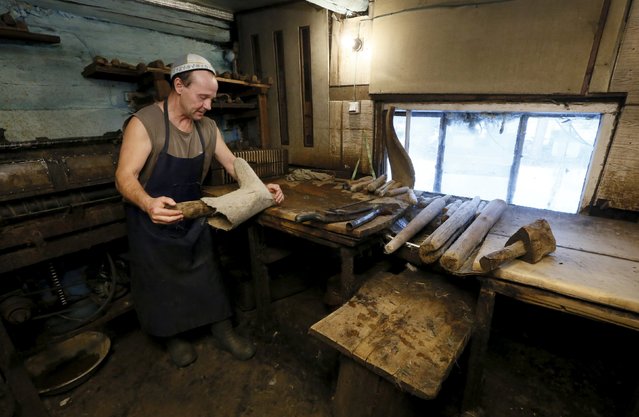
Ivan Plakhuta, 54, the owner of a small workshop manufacturing valenki, Russian traditional footwear, rolls a valenok in the remote Siberian village of Bolshaya Rechka, located in Taiga area in the foothills of the Western Sayan Mountain Ridge in the Yermakovsky district of Krasnoyarsk region, Russia, November 10, 2015. (Photo by Ilya Naymushin/Reuters)
16 Nov 2015 08:03:00,post received
0 comments


